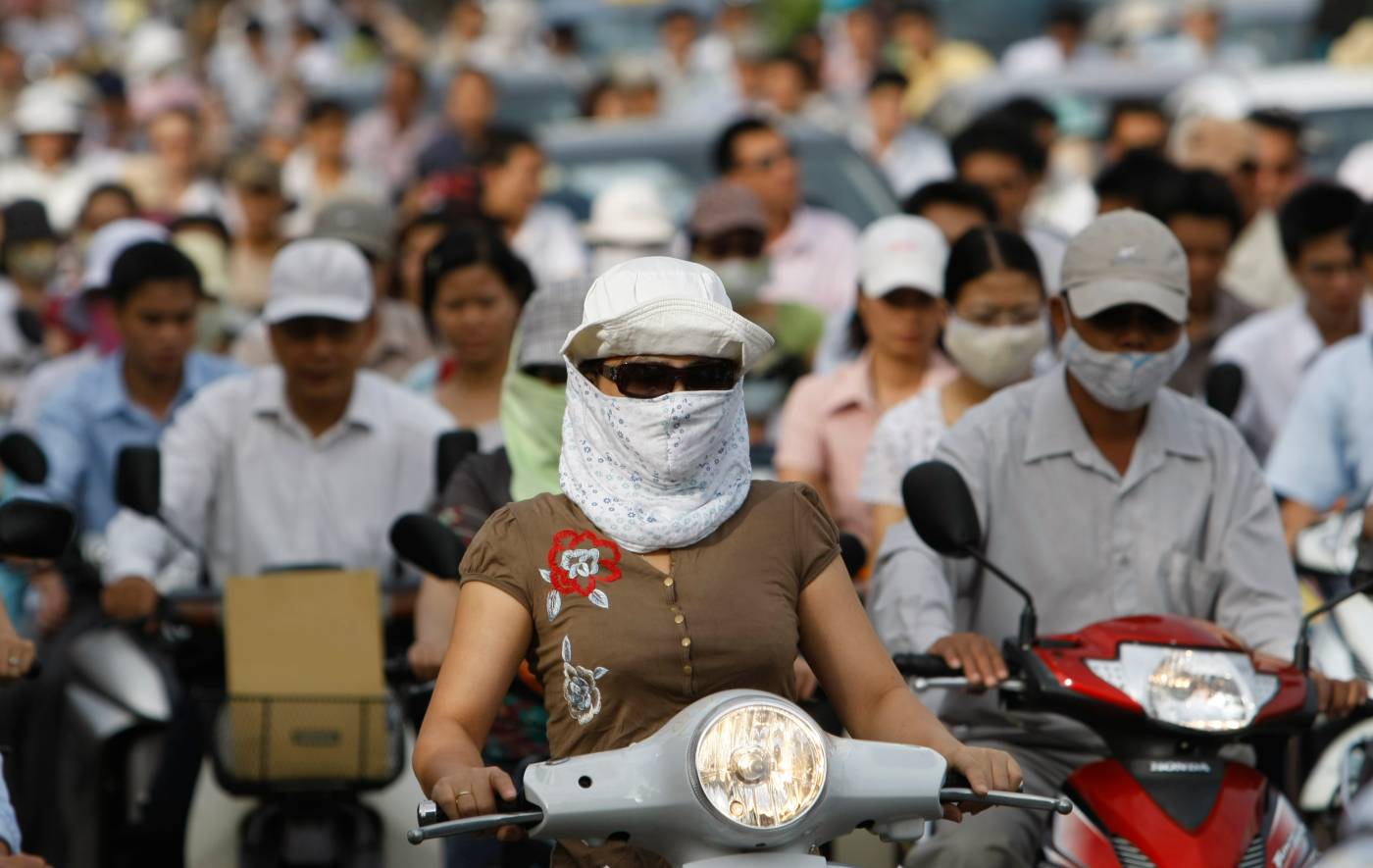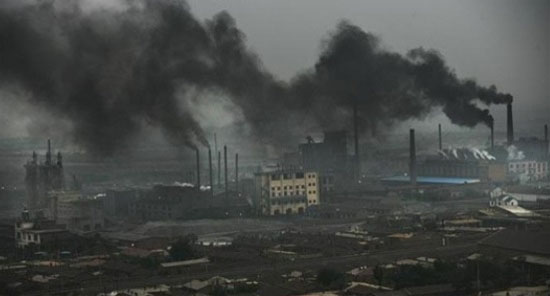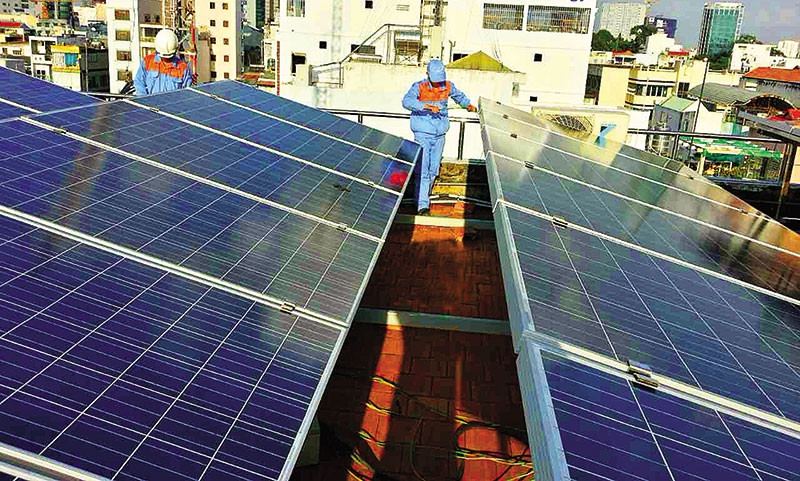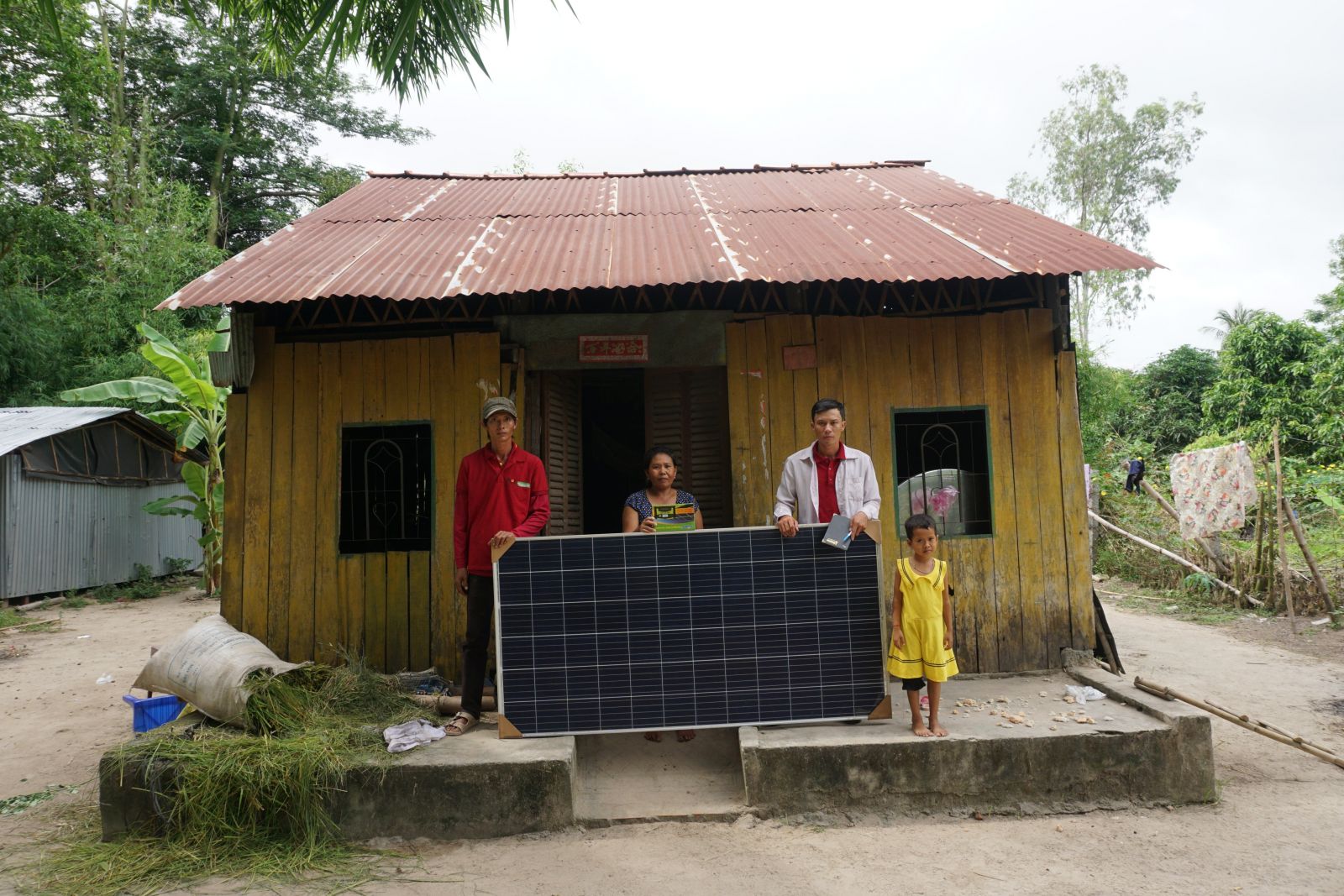
Letter of recommendation on PDP VIII from VSEA
LETTER OF RECOMMENDATION ON PDP VIII
To: Leaders of the State, Government and Ministries and agencies
Vietnam Sustainable Energy Alliance (VSEA)[1] includes scientific organizations operating in the fields of energy, health, medical, environment, and communication. We are especially interested in the National Power Development Plan for the period of 2021 - 2030, with a vision to 2045 (PDP VIII).
During recent time, VSEA has actively contributed to the National Power Development Plan from the revised PDP VII to the PDP VIII through independent research activities, scientific seminars and recommendation letters. On March 2, 2021, VSEA sent a recommendation letter to comment on the draft of PDP VIII [2] with the proposal "not to develop more new coal power projects, especially in the next 10 years, instead prioritizing the development of renewable energy in the Power Plan VIII.”
This recommendation of VSEA is similar to the opinions of many locals and development partners which were explained by the Ministry of Industry and Trade in the document submitted to the Government. However, we realize that the draft PDP VIII has not fully reflected and grasped the new opportunities and risks from the huge changes in the past two months on the international as well as domestic level. Therefore, the draft PDP VIII has not shown a breakthrough.
VSEA urgently recommends PDP VIII to prioritize the immediate implementation of breakthrough policy solutions on the development of the power grid, accelerate the completion of the competitive electricity market, and eliminate monopoly to free up private investment for energy development, and at the same time firmly eliminate from the Plan any coal power projects that are not supported by localities, have low feasibility, and high risks (the detail list is presented in the appendix). VSEA would like to send to the Leaders of State, Government and Ministries and agencies the combined analysis from seminars and scientific researches as the basis for this recommendation:
1. Limiting the development of solar power in the next 10 years is an unreasonable choice, completely contrary to the trend of the world, missing the opportunity to attract new investment flows.
- The latest forecasts and recommendations from the International Energy Agency (IEA) indicate that solar power will continue to thrive over the next decade, with an annual addition of 630GW, quadrupling times in 2020.[3]
- Vietnam has a huge potential for distributed and combined solar power and this is a type of energy that can mobilize investment resources of private enterprises and people very well. This is consistent with the Prime Minister's guiding view: "The government will continue to promote decentralization... what people, businesses, and society can do better, let the people, society and businesses do." In addition, this type of energy is also suitable for the current electricity grid conditions of our country as analyzed by the Institute of Energy in the explanatory report to the draft PDP. Therefore, PDP VIII needs to come up with a policy to strongly develop this type of energy instead of restricting its development to only 2GW in the next 10 years.
- The revised PDP VII did not forecast the spectacular development trend of solar power, leading to the surging development of solar power not being synchronized between the market and policy as well as between the source and the power grid. Choosing to restrict solar power will lead to both wasting resources and repeating the expensive lesson from the revised Power Plan VII about policy delays.
2. The Plan should prioritize removing difficulties in the power grid and increasing the flexibility of the power system along with accelerating the implementation of a competitive electricity market.
- Regarding transmission, the government should introduce policies to encourage the private sector to invest in the construction of the power grid to release renewable energy capacity and reduce the investment burden on the Government. To ensure system security, the operation and management of the grid will still be in charge by the Government.
- In order to increase the flexibility of the power system, the plan needs to put storage batteries into operation right at this stage as proposed by EVN because this is a technology capable of very fast frequency regulation, good capacity adjustment, coverage peaks, reducing transmission and distribution system congestion, and limiting cuts in renewable energy capacity. In addition, currently the cost of generating electricity from storage batteries is equivalent to pumped hydroelectricity. According to NREL, the price of storage batteries decreased very quickly, from 2010 to 2020 it decreased by about 80%, it is forecasted that by 2030, it will decrease to about 55% today and by 2050 it will only be about 40% compared to today.[4]
- Regarding the competitive electricity market: PDP VIII needs to determine the progress and completion date of the competitive retail market by 2023 according to the decision on the competitive electricity market approved by the Prime Minister. At the same time, we also propose to recalibrate the timelines of progress on restructuring the NSMO unit in line with the milestones of the formation of the competitive retail market of 2023.
3. Continuing to develop new coal-fired power projects is against the development trend of the world and unlikely to be feasible
- The world’s trend today is to immediately cut down and stop coal-fired power. At many international forums of the United Nations, especially the Climate Change Conference 2021 - COP26, the United Nations Secretary-General, the President of the COP26 Conference called for the cessation of the coal-fired power usage, the majority of which countries have responded and committed to replace coal-fired power with renewable energy sources.
- Despite having special supporting mechanism 16/34 coal-power projects still did not start operating on schedule[5], and continued to be pushed back for many more years in the draft PDP VIII. In fact, in this past period, the system still ensured power supply thanks to the flexibility of adding renewable energy sources. This raises big questions about the criteria for selecting the prioritized projects in PDP VIII, and the suitability of the inheriting principle.
- Access to finance for coal power projects is already difficult, now it gets even harder. South Korea[6] and Japan[7], two of the remaining three countries investing in coal-fired power in Vietnam have officially announced to stop funding new coal power projects.[8] In Southeast Asia, the Philippines has also issued a policy to stop developing new coal power from November 2020 [9] and Indonesia announced the suspension of new coal power projects after 2023.[10] Funding pressure will be placed on domestic banks, threatening the sustainable development of the national financial system when it continues to require Vietnamese commercial banks to grant credit to a customer exceeding 15% own capital or a group of related customers exceeding 25% of equity capital.
- Coal-fired power is becoming more and more expensive with policies to strengthen environmental protection being developed and is about to be issued such as the Decree on mitigation of greenhouse gas emissions and protection of the ozone layer, stricter emission standards and regulations.
4. Continuing to develop coal power causes a series of serious consequences for society and the economy:
- Increasing potential diseases on people and pressure on the health system. Specific evidence through a small sample study in the vicinity of Vinh Tan Coal Power Center shows that the death rate from cancer and stroke in the area near this center has increased rapidly since it was put into operation (accounting for 33% in 2010, increasing to 64.6% in 2015 and 69.6% in 2020 of the total number of deaths in the commune).[11] This situation is even more alarming when air pollution is closely linked to an increased risk of death in patients with Covid-19.[12]
- Creating a disadvantage on the competitiveness of Vietnamese goods when exporting to key markets such as the EU, the US, Japan and even China when the above countries all agree to implement the carbon tax on the goods of other countries who are using fossil energy sources. This is a strategic issue that ministries and agencies, including the Ministry of Industry and Trade, are responsible for considering and advising the Government and the Prime Minister.
- Creating conflicts with aquaculture and tourism because most coal power projects are built near the sea or large rivers, using a very large amount of water for cooling and then recirculating the water back at high temperature.
- The plan to focus on developing new coal power in the Central region is unreasonable because this area currently has a very high reserve rate of 389% compared to 35% in the North and 80% in the South.
According to scientists, this decade is the decade that determines the fate of humanity and the policies issued this year will determine the destiny of the people and country of Vietnam in the next 10 years. Whether or not Vietnam can make a breakthrough in energy development depends on the Government's wise decisions.
Sincerely, thank you!
Contact info:
Vietnam Sustainable Energy Alliance (VSEA)
Green Innovation and Development Centre (GreenID)
Address: 3rd Floor, C1X3, Alley 6, Tran Huu Duc street, Nam Tu Liem district, Hanoi
Ms. Nguyen Thi Hang – Coordinator of VSEA
-----------------------------------------------------------
Appendix
List of unfeasible coal power projects proposed to be removed from Power Plan VIII
(Note: These are projects that have not been able to secure funding, or are behind schedule for many years, or are not supported by the local government. Most of these projects are determined to be put into operation after 2025)
|
No. |
Project Names |
Location |
Capacity |
|
1 |
Quảng Ninh 3 |
Quảng Ninh |
1200 |
|
2 |
Hải Hà (2, 3&4) |
Quảng Ninh |
1800 |
|
3 |
Hải Phòng 3 |
Hải Phòng |
1200 |
|
4 |
Fomosa Hà Tĩnh 2 |
Hà Tĩnh |
650 |
|
5 |
Quảng Trạch II |
Quảng Bình |
1200 |
|
6 |
Quỳnh Lập I |
Nghệ An |
1200 |
|
7 |
Quỳnh Lập II |
Nghệ An |
1200 |
|
8 |
Công Thanh |
Thanh Hoá |
600 |
|
9 |
Quảng Trị I |
Quảng Trị |
1320 |
|
10 |
Long Phú 1 |
Sóc Trăng |
1200 |
|
11 |
Vĩnh Tân III |
Bình Thuận |
1980 |
|
12 |
Long Phú II |
Sóc Trăng |
1320 |
|
13 |
Long Phú III |
Sóc Trăng |
1800 |
|
14 |
Sông Hậu II |
Hậu Giang |
2120 |
|
15 |
An Khánh - Bắc Giang |
Bắc Giang |
650 |
|
16 |
Phả Lại 3 |
Quảng Ninh |
660 |
|
17 |
Bảo Đài |
Bắc Giang |
600 |
|
|
|
Total capacity (MW) |
20,700 |
[1] Vietnam Sustainable Energy Alliance (VSEA) was established in 2012, up to now, there are 26 members who are experts and scientific organizations operating in the fields of energy, health, environment, healthcare, legal, communication, and etc. with the common goal to promote sustainable energy development in Vietnam.
[2] The draft was posted on their website by the Ministry of Industry and Trade on February 22, 2021 to collect comments from the ministries and related parties.
[3] International Energy Agency (IEA), Zero Emissions Target Report by 2050: Roadmap for the global energy sector. May, 2021. Accessed at: https://www.iea.org/reports/net-zero-by-2050
[4] Cole, Wesley, and A. Will Frazier. 2019. Cost Projections for Utility-Scale Battery Storage. Golden, CO: National Renewable Energy Laboratory. NREL/TP-6A20-73222. https://www.nrel.gov/docs/fy19osti/73222.pdf.
[5] Decision 2414/QD-TTg on adjusting the list and progress of a number of power projects and stipulating a number of specific mechanisms and policies to invest in urgent power projects in the 2013-2020 period visit at: https://thuvienphapluat.vn/van-ban/Dau-tu/Quyet-dinh-2414-QD-TTg-nam-2013-danh-muc-tien-do-co-che-dau-tu-cong-trinh-dien-2013-2020-215974.aspx
[6] The President of South Korea announced the suspension of financing for coal power projects at the Climate Conference Summit: South Korea ends aid for coal plants overseas - France 24
[7] https://www.reuters.com/business/energy/g7-countries-agree-stop-funding-coal-fired-power-2021-05-21/
[8] The declaration was made during two important international events, the Climate Summit on April 22 and the G7 Climate and Environment Ministerial Meeting on May 21.
[9] https://www.reuters.com/article/philippines-energy-idUSL4N2HQ1Z9
[10] https://www.pinsentmasons.com/out-law/news/indonesias-pln-to-stop-building-coal-plants-by-2023
[11] Center for Health Environmental Research & Development (CHERAD). Initial results of the study on environmental health status in two communes Vinh Tan and Phuoc The, Tuy Phong district, Binh Thuan province. May 2021.
[12] Quoc Ba Tran, Nguyen Thi Kim Oanh, Manupat Lohitnavyd, Su Shiung Lam, Tanapon Phenrat, Quyet Van Le. Correlations between air pollutant levels and Covid-19 rates: a systematic review. 2021.







.png)
